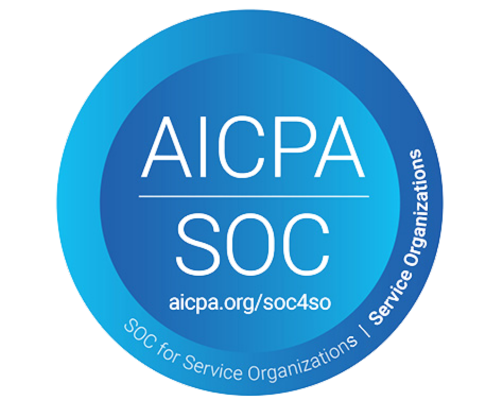Understanding ACA Safe Harbor Affordability: A Deep Dive into Compliance Options

Regarding ACA compliance, understanding the Safe Harbor provisions is key to managing the affordability of your employees' healthcare coverage. Employers can utilize three types of ACA Safe Harbors to ensure at least one of their healthcare plans meets affordability standards. Here’s a summary of each safe harbor:
W-2 Safe Harbor:
This Safe Harbor is based on the employee’s W-2 wages and determines whether the healthcare coverage is affordable based on the employee’s Box 1 wages for the current year. For 2024, the threshold is 8.39% of the employee’s income. The cost of employee-only coverage under the least expensive, minimum value plan offered to the employee cannot exceed 8.39% of their Box 1 W-2 wages. While this option allows employers to adjust contributions based on actual wages, it can be complex, as W-2 wages fluctuate, potentially affecting affordability calculations. Employers must carefully monitor pre-tax contributions and ensure affordability is maintained throughout the year.
Rate of Pay Safe Harbor:
A more straightforward option, the Rate of Pay Safe Harbor bases affordability on the employee’s hourly rate of pay. As long as the employee works 130 hours or more per month, the employer can cap their healthcare contribution at 8.39% of the employee’s hourly wage multiplied by 130. This approach is particularly useful when employees’ hours fluctuate, ensuring affordability even in months where they work fewer than 130 hours.
Federal Poverty Level (FPL) Safe Harbor:
The FPL Safe Harbor is the most straightforward of the three. If an employer ensures that the monthly employee contribution does not exceed $101.94 (in 2024), they automatically meet the affordability standard. In 2025, the employee contribution cannot exceed $113.20. This option is often the easiest to manage because it offers a simple threshold to follow and guarantees affordability without complex calculations.
Key Takeaways:
Choose One Safe Harbor: Employers only need to meet the criteria of one Safe Harbor to prove their healthcare plan’s affordability. You don’t need to comply with all three.
W-2 Complexity: While the W-2 Safe Harbor offers flexibility, it requires close attention to employee wages over the entire year, making it an all-or-nothing option.
Rate of Pay Ease: The Rate of Pay Safe Harbor provides a more flexible, month-by-month affordability check, which can be easier for employers with fluctuating employee hours.
FPL Simplicity: The FPL Safe Harbor offers a clear and simple method for ensuring compliance, requiring only that the healthcare contribution stays below a fixed dollar amount.
By understanding these three Safe Harbor methods, employers can confidently select the best approach to ensure ACA compliance while managing healthcare costs effectively. For more insights or to explore which Safe Harbor fits your organization, feel free to reach out for a personalized consultation.
For a deeper dive into Safe Harbors, please join our webinar on October 31st-
Understanding Federal ACA Safe Harbor Affordability and Its Impact on Employee Benefit Costs, by clicking
here.
Have Questions or Need More Information?
We will get back to you as soon as possible.
Please try again later.


HRlogics



